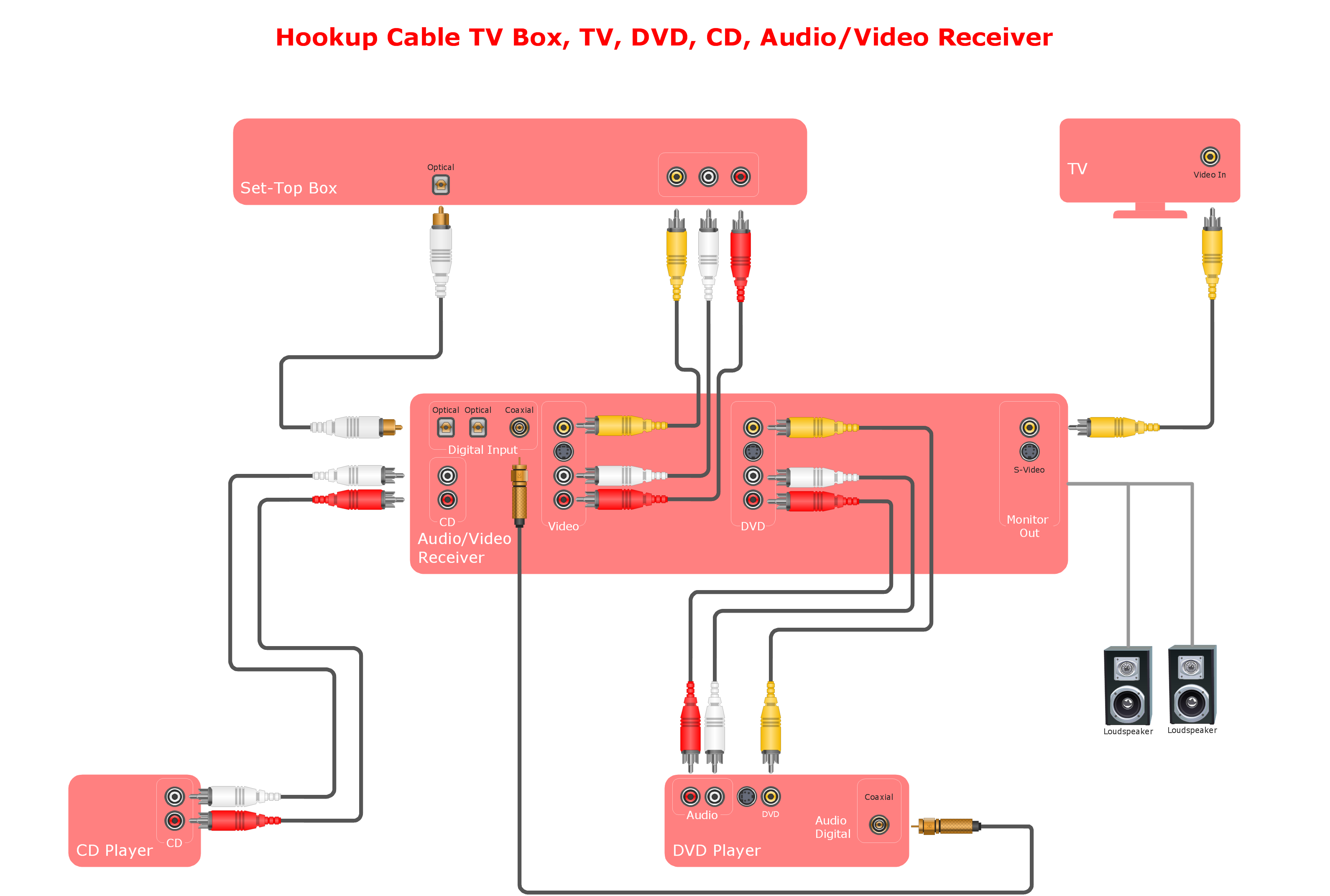Optimal Tactics for Placing Security Cameras to Improve Surveillance Efficacy
Optimal Tactics for Placing Security Cameras to Improve Surveillance Efficacy
Blog Article

Placing surveillance cameras effectively effectively remains crucial to improving surveillance across different environments, including homes, businesses, and community spaces. The main goal of surveillance cameras is to discourage crime while also provide proof during case of events. To achieve this, it becomes essential to take into account various elements, such as camera location, range of view, as well as the specific zones that require oversight. By understanding these factors, people as well as entities can create a thorough surveillance plan that maximizes the efficacy of their security solutions.
One of the first actions in positioning surveillance cameras involves to identify critical areas that require surveillance. Vulnerable areas, such as entry points, exits, vehicle lots, as well as locations with high-value assets, must be prioritized. It also important to take into account areas not visible, which may be areas that might not be visible from specific perspectives. By charting out these critical areas, surveillance personnel can guarantee that every nook is monitored, minimizing the chances of illegal activity going undetected. Additionally, installing cameras at key points can help form a comprehensive perspective of the premises, allowing for improved overall surveillance coverage.
The field of a security system remains another important element to consider. Different kinds read this post here of cameras provide varying ranges of view, that can influence how much space is captured in the video. For instance, wide-angle systems can cover larger areas, making them ideal for spacious areas, while pan-tilt-zoom systems can be modified to focus on particular features. When positioning surveillance systems, it becomes essential to choose the appropriate type based on the location being observed. This ensures that the system can capture sharp footage and provide important data in case of an occurrence.
Elevation and tilt of mounting also have a significant role in the effectiveness of security systems. Surveillance systems must be installed at a height that is out of grasp of potential tampering but still allows for unobstructed viewing of identifying features and other identifying features. A typical suggestion is to mount cameras at least eight to 10 ft off the floor. Additionally, the tilt at which the camera is positioned can affect its capability to record important details. Cameras must be tilted to minimize glare and avoid blockages, guaranteeing that they can capture clear footage at all moments.
In conclusion, regular maintenance and updates to the surveillance system are essential for long-term efficacy. This entails checking camera performance, wiping lenses, and making sure that software remains current. Frequent evaluations of the monitoring strategy can help detect any additional blind spots or areas that might need extra monitoring. By remaining proactive and making required changes, individuals and entities can improve their surveillance effectiveness and guarantee that their surveillance systems continue to fulfill their intended function.